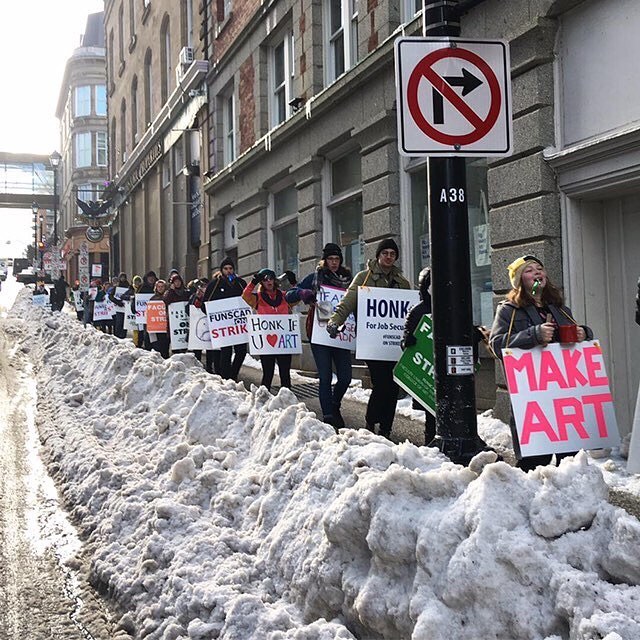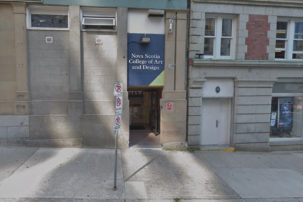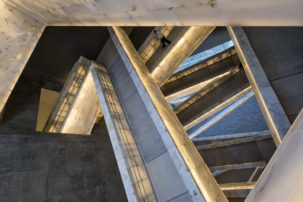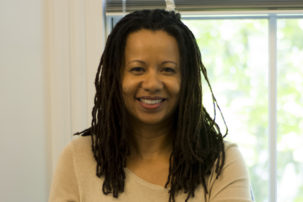“I think it’s understandable that we do need a new building,” said a faculty rep, “but we also have to invest in our human infrastructure.”
What Faculty Reps are Saying
The current strike is reportedly the first at NSCAD since 1986, with key issues for labour being compensation and workload, among other concerns.
Faculty union representatives say that after several years of forgoing adequate wage hikes in order to get NSCAD University in the black, they want to see progress again.
“We think that our proposals are reasonable proposals—we haven’t made them irresponsibly, we have costed everything out as realistically as we can,” said FUNSCAD president Mathew Reichertz on Monday. “There is an unwillingness at the moment for the administration to discuss some of our more substantial proposals—maybe because they have prioritized other things, like fundraising for a new building.”
The union says that it understands the need for physical infrastructure renewal—it just wants human infrastructure to be adequate as well.
“I think it’s understandable that we do need a new building,” says Reichertz, “but we also have to invest in our human infrastructure. We are not in a deficit position. There is money. There is just an unwillingness, it seems, to direct any of it towards us.”
The faculty union’s position has found support at the Canadian Association of University Teachers—a national organization with more than 72,000 members, many of whom are facing issues similar to those at NSCAD.
“Those who teach at NSCAD have the highest workload of any university in Canada,” contended CAUT president David Robinson in Toronto yesterday. Robinson says at most universities in Canada, faculty teach four or five courses over two semesters. But at NSCAD, he says, it’s six.
Robinson also says that he sees the issues NSCAD’s faculty union has raised around the rights of contract instructors being mirrored in other university campuses across the country.
“The issues of casualization and contingent faculty” are at hand, says Robinson. “About a third of the [NSCAD union] membership is precarious labour, and that is something we see across the country as well.” Many of these contract teachers only find out six weeks before a course starts whether they are working or not.
And this has impacts on students at NSCAD and elsewhere.
“When there is constant turnover in instructors, it can be hard for students to get references for employment or graduate studies,” Robinson noted. He says it’s sensible that art universities have the option for artists to teach contracts from time to time, but there’s a problem when the same people are having to be rehired semester after semester after semester.

 A picket line outside NSCAD University. Photo: Facebook / Faculty Union of NSCAD (FUNSCAD).
A picket line outside NSCAD University. Photo: Facebook / Faculty Union of NSCAD (FUNSCAD).






